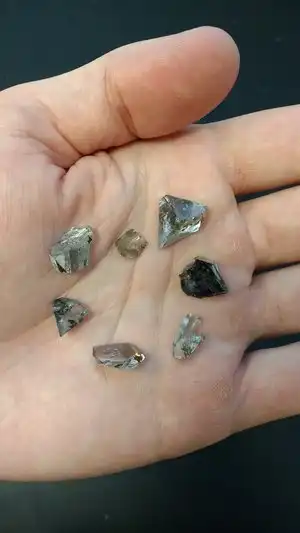
Earth’s Largest Diamonds Form in Metal-bearing Part of Earth’s Mantle
Super-deep diamonds, which form more than 380 km deep in Earth’s mantle, were invaluable tools for deep carbon scientists. Super-deep diamonds, which form more than
Deep Carbon Cycle is no longer an active organization or initiative. This website serves solely as a historical reference and archive of its previous research, projects, and contributions to the field. The information provided here reflects the work done during its active years, but the project is no longer operational.
Stay up-to-date with the latest discoveries and developments in the world of diamonds, mantle geodynamics, and the deep carbon cycle. This section highlights new research, exciting findings, and scientific advancements that provide deeper insights into how carbon moves through Earth’s interior and how diamonds unlock the secrets of the planet’s mantle.

Super-deep diamonds, which form more than 380 km deep in Earth’s mantle, were invaluable tools for deep carbon scientists. Super-deep diamonds, which form more than

The 15 November 2016 edition of the journal Lithos delves into the role of natural diamonds in deep Earth research. Titled “The nature of diamonds
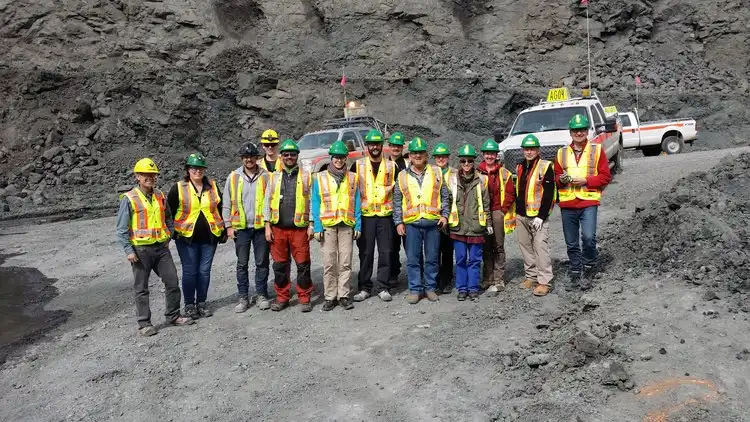
The Third International Diamond School took place at the University of Alberta, with the Deep Carbon Observatory as the main event sponsor (together with De Beers and
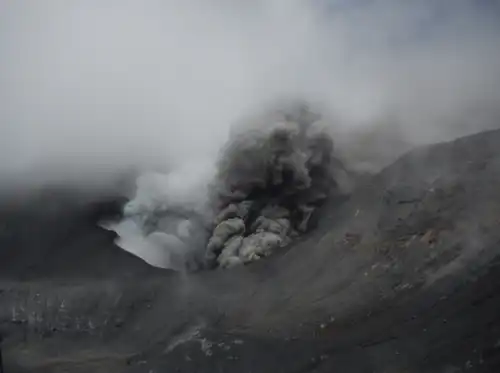
Turrialba volcano had deposited ash on the capital city of Costa Rica and its 3 million inhabitants numerous times since 2014. In a new article in the
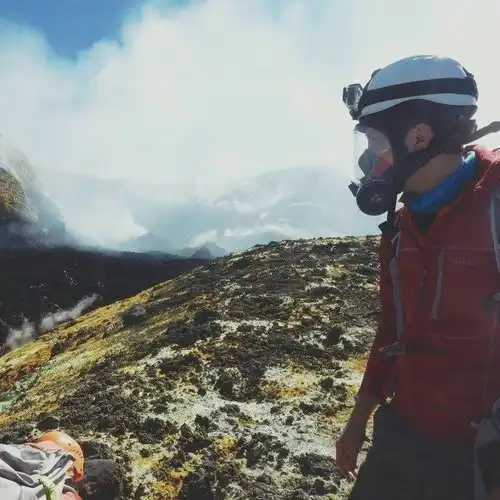
An international team of scientists was traveling to the islands of Papua New Guinea this September to study degassing from active volcanoes in remote jungles

New app shows intimate ties between volcanoes and earthquakes and gives open access to 50+ years of data on quakes, eruptions, and related emissions. On
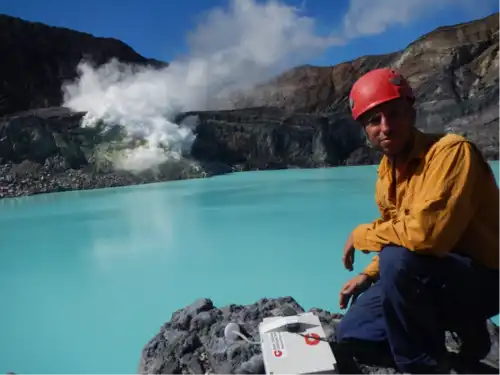
A new article published in Earth and Planetary Science Letters by a group of Deep Carbon Observatory scientists reports the results from a DECADE project
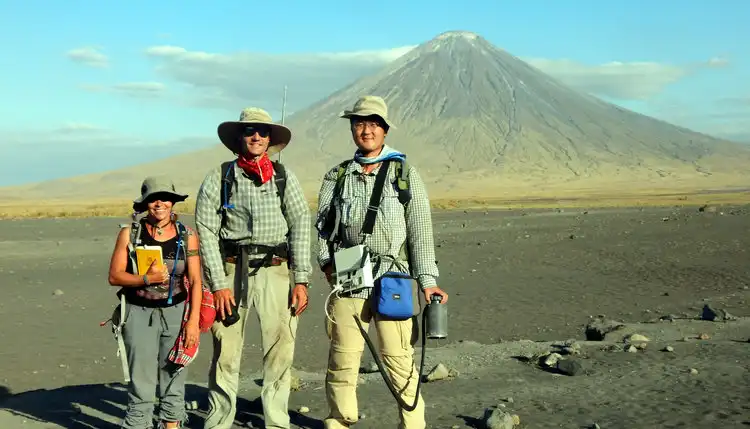
Scientists believe carbon dioxide release into the atmosphere from Earth’s interior takes place mostly via degassing from active volcanoes, but carbon dioxide can also escape
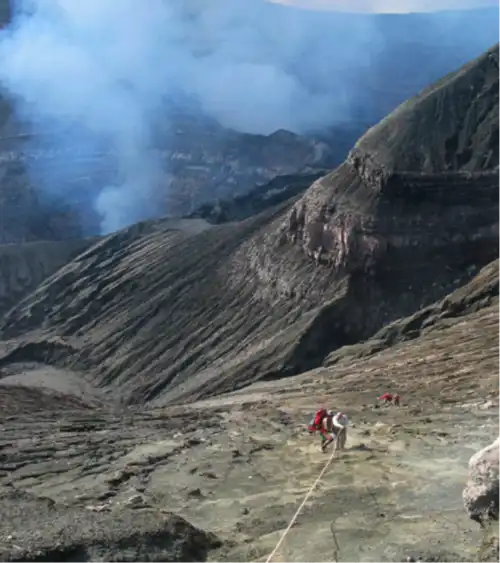
The volcanic island of Ambrym, located in the archipelago of Vanuatu in the South Pacific, was one of the most active volcanoes on Earth. What
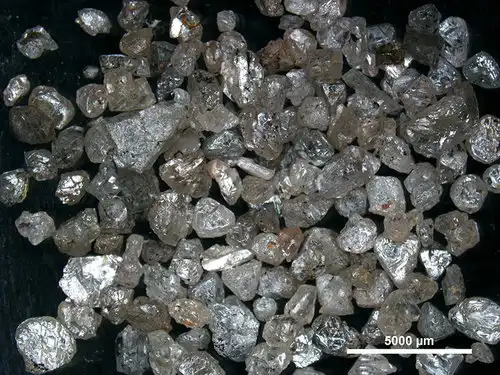
In a recent letter published in Nature, researchers propose that most carbon goes no deeper than about 300 to 500 kilometers, at which point a
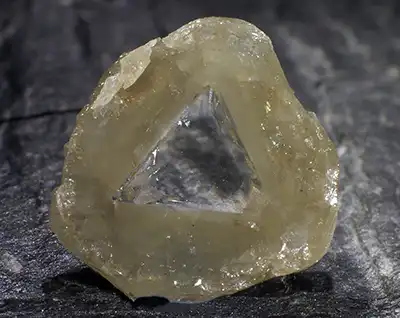
In a study published in Nature, a team of scientists describes an unexpected mechanism for diamond formation relying on ancient, subducted seawater. Diamonds are crystals


© deepcarboncycle.org, 2017.
All Rights Reserved.